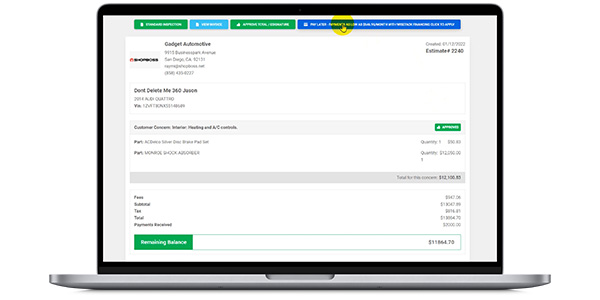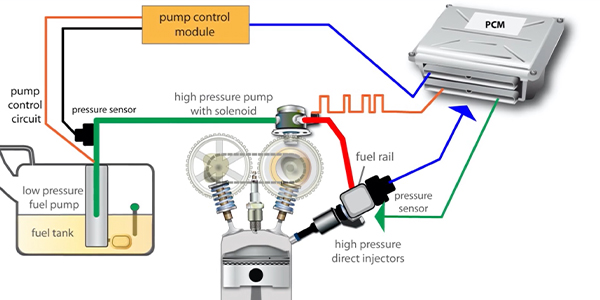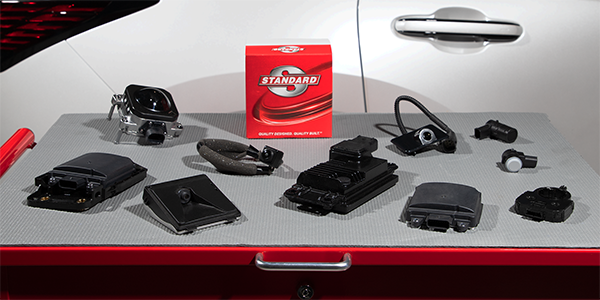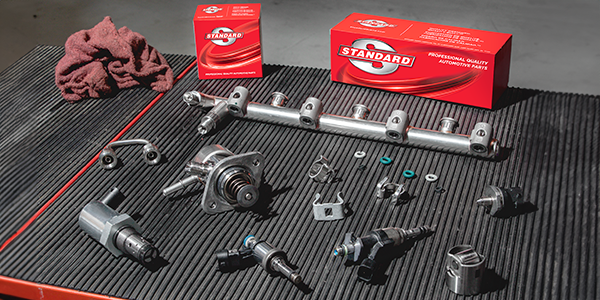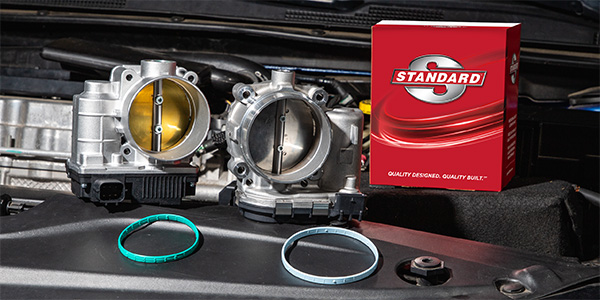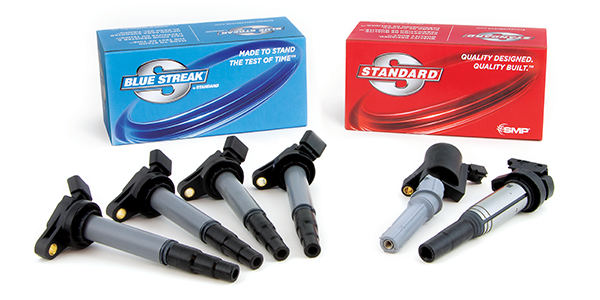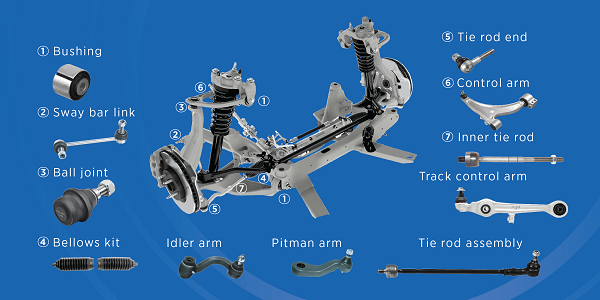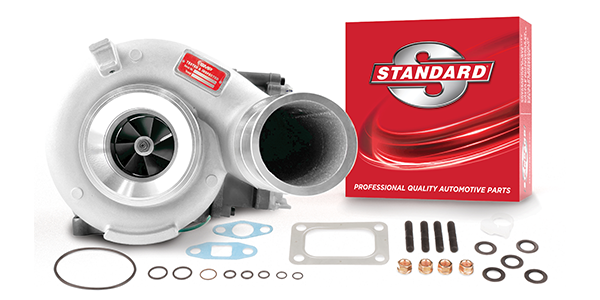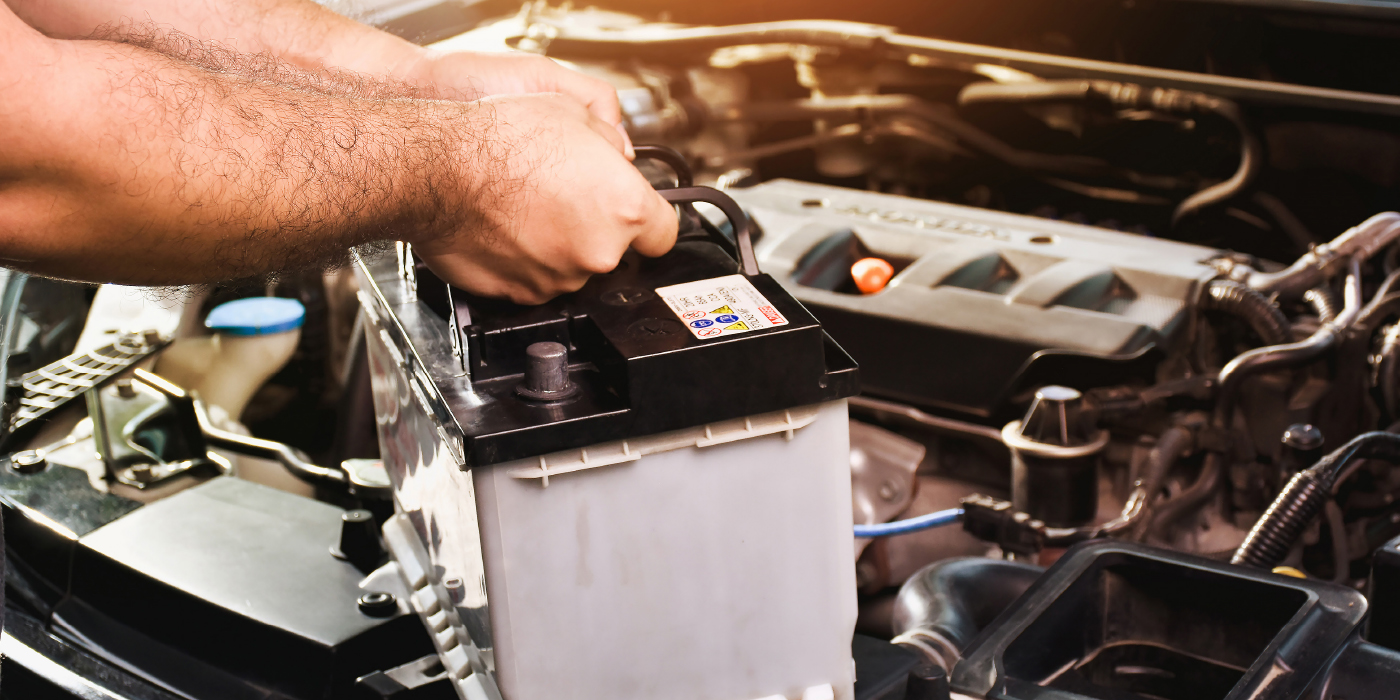Your customer clicks on the link your service advisor just texted. The updated repair order at the end of the link confirms her worst fear: Your technician’s repair recommendations cost more than what’s in her bank account and all but eliminates whatever’s left on her high-balance credit card. That’s when she spots a button in the upper-right corner of the repair order that reads: “Pay Later: Payments as Low as $XX.XX / Month with Consumer Financing. Click to Apply.”
The button takes the customer to a consumer finance portal, where she begins a quick prequalification process designed to match her with the right offer from one of four finance sources available in this digital hub. Back at the shop, your service writer is preparing to send his third repair order update with that same financing button when the alert arrives: The customer qualifies for an amount that covers the cost of the recommended repairs.
Missing from that scenario are the payment schedules and compliance disclosures that never made repair financing worth the hassle. This example also has repair financing presented the way it should have been all along, and that’s as a payment option and not a product your young counter guy was never going to be able to sell in the first place. More importantly, that scenario places Repair-Now, Pay-Later financing where it’s never been before: at the point of decision.
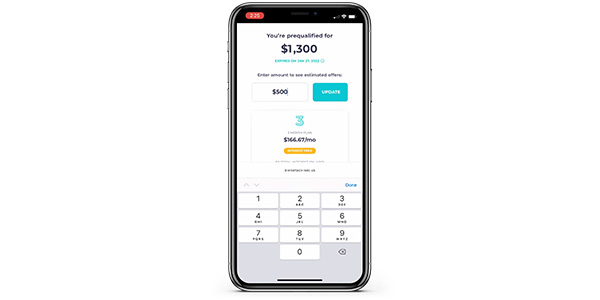
That’s the promise of the landmark partnership announced in March between 360 Payment and Shop Boss, which became the first shop management software to plug into 360 Payments’ new Consumer Finance Portal. Dubbed 360 CFP, it gives the repair industry the same shopping cart experience that made Buy-Here, Pay-Now financing the fastest-growing payment method in 2021 and helped retailers capture $97 billion of the $4.6 trillion in global e-commerce transactions in 2020.
And it’s a shopping cart experience that began to take shape through COVID-19 when repair shops were forced to turn to digital vehicle inspections and Text-to-Pay solutions like BOSS Pay to limit contact with pandemic-weary consumers. And it’s one your customers still want today.
Since 2018, BOSS pay transactions have grown from about $280,000 to more than $27 million in 2021. That’s more than a 9,600% increase in just three years. Also, consider that BOSS Pay had already processed more than $10 million Text-to-Pay transactions through the second full week of April.
“We’re at the intersection of two big trends: The realization by consumers that today there are better options for how they can borrow, and the adoption of buy-now, pay-later in e-commerce … showing how big the need is by consumers,” Wisetack CEO Bobby Tzekin told PYMNTS.com in December, just before the BNPL provider announced it would be one of the first finance sources to make itself available to repair shops through 360 CFP.
Here’s why: According to data released in May 2019 by the Federal Reserve, nearly 40% of Americans could not cover a surprise $400 expense. Additionally, results from a July 2020 LendingTree survey revealed that nearly six in 10 of the 1,071 vehicle owners polled skipped a necessary car repair because they couldn’t afford it, 71% of whom were millennials.
Millennials, by the way, account for the largest portion of BNPL users, according to PYMNTS.com. These consumers, ages 26 to 41, lived through the Great Recession and learned the hard lessons of high credit card balances, making them prime candidates for 360 CFP.
Also, consider that inflation grew faster in 2021 than in the previous 40 years. The result is consumers who spent $100 a month on gasoline in 2020 paid $150 in 2021. That’s one of the reasons credit card balances, according to the Federal Reserve Bank of New York, rose by $17 billion in both the second and third quarters of last year.
But if there’s one thing we learned through recent economic challenges, it’s that Americans value personal transportation. Serious auto delinquency rates, which reached their highest levels since 2012 in the lead up to the pandemic, remained near or below pre-pandemic levels in 2021. Also keep in mind that during the Great Recession, auto loans were one of the best-performing asset classes through the Great Recession. Why? Because consumers need their vehicles.
Shop Boss’ integration with 360 CFP and finance sources like Wisetack means your shop now has a way to keep customers on the road during trying times and a solution for closing more recommended repairs during good times. Welcome to the New Normal.
If you are interested in learning more about the seamlessly integrated consumer financing option for your shop, click here.
Shop Boss is the leading automotive repair software for independent auto shops and is designed for maximum efficiency and profitability. Created by a former shop owner, Shop Boss allows users to efficiently manage shop operations from anywhere through an intuitive cloud-based interface. With an array of cutting-edge features and integrations, Shop Boss lets shops of all sizes go paperless and deliver a safe-distance auto repair experience.
To learn more, visit ShopBoss.net. To learn more about Shop Boss’ integration with 360 Payments’ new Consumer Finance Portal, click here.

